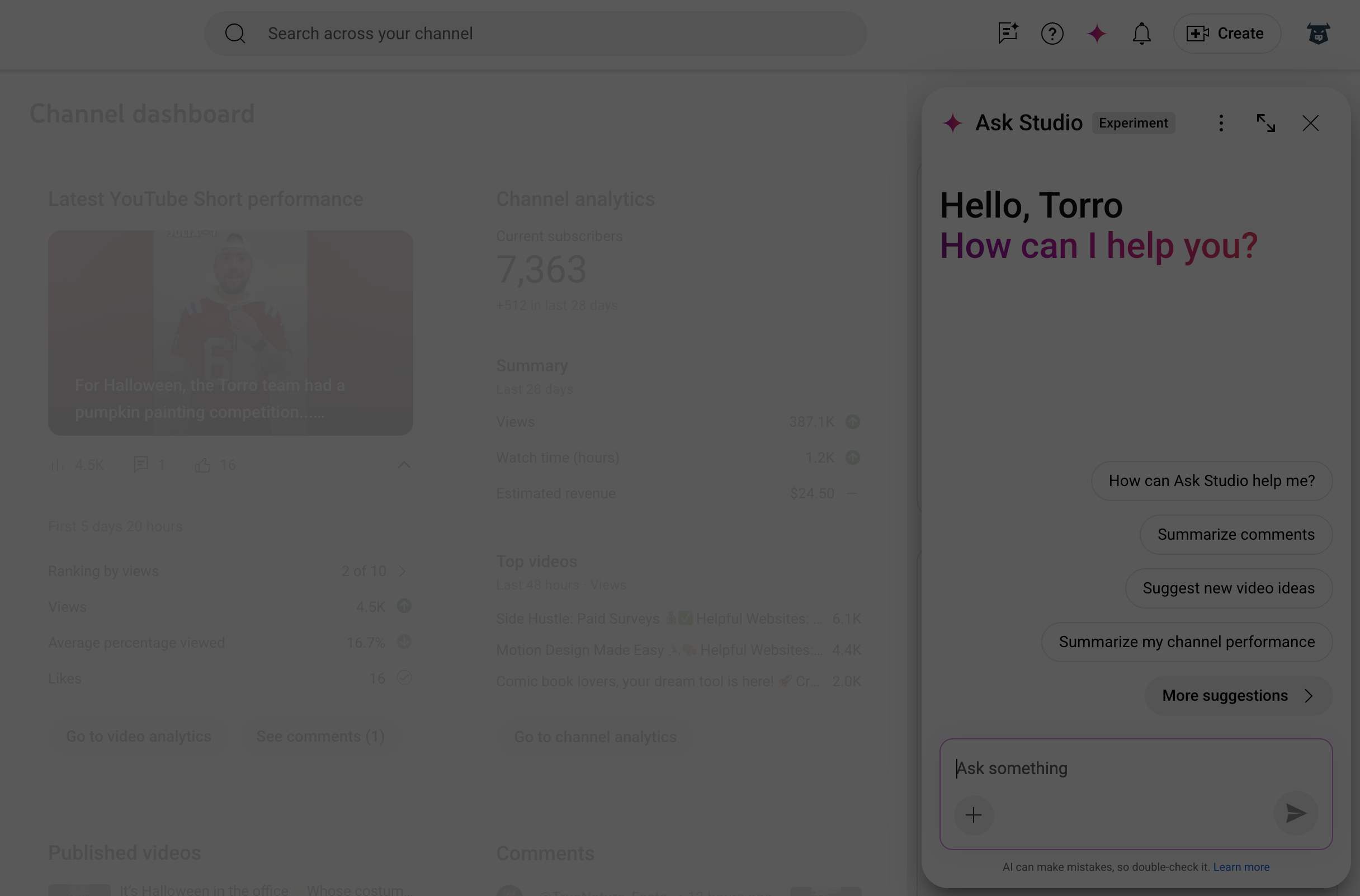AI is rewriting how people find answers online.
Instead of 10 blue links, users now get one clear response—often with only a few cited sources.
If your business isn’t one of those sources, you’re invisible.
OpenAI’s internal research revealed that 24% of all ChatGPT conversations are information-seeking—people comparing products, asking for recommendations, or deciding what to buy. That’s a full-blown shift from traditional search to AI-driven discovery.
This article explains exactly how ChatGPT decides which sources to feature and what you can do to show up.
TLDR / Key Summary
- ChatGPT ranks trustworthy, structured, and fresh content.
- Authority matters more than backlinks. Credible sources win.
- Structured data and schema markup make your site “readable” to AI.
- Cross-platform consistency builds AI confidence in your brand.
- Regular updates signal reliability and relevance.
- You can optimize for ChatGPT just like Google—by being the most helpful source.

What “Ranking #1” on ChatGPT Really Means
When someone asks ChatGPT a research-type question—like “best email marketing software for small businesses”—the model generates a direct answer and often cites 2–3 sources. Those citations are the new equivalent of being on page one of Google.
Ranking inside ChatGPT means your brand or content becomes part of the AI’s trusted knowledge network.
It’s not about keyword stuffing. It’s about becoming the most trusted answer for your topic.

How ChatGPT Chooses What to Cite
After analyzing over a million conversations, OpenAI found clear patterns in how ChatGPT decides which sites to trust.
1. Authoritative, Research-Based Content
ChatGPT favors deep, comparative articles over promotional posts.
It consistently cites:
- Industry publications like TechRadar, Forbes, and Zapier
- Review aggregators like G2, Capterra, and Trustpilot
- Authentic community discussions from Reddit or Stack Overflow
The common thread: these sources explain decisions with real data or user feedback.
2. Structured and Machine-Readable Data
AI models don’t guess—they parse.
If your site has schema markup, tables, and clean HTML, you make it easier for ChatGPT to extract facts.
Think of it as labeling every aisle in your digital grocery store.
3. Cross-Platform Authority
ChatGPT cross-references multiple sources.
If your product info, reviews, and claims are consistent across your website, directories, and mentions on other platforms, you gain credibility.
Inconsistency breaks trust—both with users and AI.
4. Freshness and Recency
AI systems, like Google, favor fresh content.
Pages that are updated frequently, cite recent data, and display “last updated” dates rank higher.
Stale content gets skipped.
5. Crawlability and Accessibility
Your site has to be visible to AI crawlers like ChatGPTBot and OAI-SearchBot.
Many sites unknowingly block these bots via Cloudflare or outdated robots.txt rules, making themselves invisible to ChatGPT.

The 3-Phase Playbook to Rank #1 on ChatGPT
| Phase | Goal | Action |
| Phase 1: Foundation & Crawlability | Make your site AI-visible |
|
| Phase 2: Authority & Distribution | Build credibility across trusted sources |
|
| Phase 3: Optimization for Extraction | Structure content so AI can lift it easily |
|
Phase 1: Make Your Site AI-Visible
Most businesses never check if AI can even read their content.
Here’s how to fix that:
- Check robots.txt for blocked crawlers. Allow ChatGPTBot and OAI-SearchBot.
- Add schema markup—organization, products, and reviews.
- Publish a Fact File (facts.json) that summarizes key details like pricing, features, awards, and comparisons.
- Show freshness with timestamps and change logs.
If ChatGPT can’t crawl it, it can’t cite it.
Phase 2: Build Trust Beyond Your Domain
You need more than a strong website.
You need what Neil Patel calls Authority Distribution—consistent credibility across multiple ecosystems.
- Guest post on respected publications: Think HubSpot, Search Engine Land, Adweek.
- Contribute to conversations: Authentic engagement in Reddit threads often gets cited.
- Maintain review profiles: Keep your product listings on G2 and Capterra up to date.
- Earn mentions: The more trusted sources that align with your narrative, the higher your authority score with AI models.
The goal: become the business that multiple authoritative sites already trust.
Phase 3: Optimize for AI Extraction
AI doesn’t summarize—it selects.
It lifts exact passages that directly answer questions.
That means your content needs to be structured for extraction:
- Answer first: Start with the clear answer before explaining why.
- Use tables: Show side-by-side comparisons of features, pricing, or use cases.
- Explain your method: Share how you tested or evaluated the tools.
- Link credible sources: Cite studies, reviews, and case studies.
- Update often: The more recent your data, the more likely AI will choose it.

Mistakes That Kill Your ChatGPT Visibility
Avoid these if you don’t want to be filtered out:
- Overly promotional or affiliate-stuffed pages
- Inconsistent data between your site and directories
- Long, unstructured paragraphs with no headings
- Neglecting updates for over a year
- Blocking AI bots (even unintentionally)
How to Track Your AI Visibility
Right now, tracking AI citations isn’t perfect—but here’s what works:
- Manual testing. Ask ChatGPT or Perplexity key questions and see if your site appears.
- Monitor referral spikes. Look for new organic traffic patterns.
- Check crawl logs. Verify that AI bots have accessed your pages.
- Keep a refresh calendar. Revisit top pages quarterly to stay “alive” in the algorithm.
The Future of SEO Is AIO
Search Engine Optimization (SEO) is now AI Optimization (AIO).
You’re no longer optimizing for Google’s crawler alone—you’re optimizing for how AI models understand, trust, and cite your brand.
Businesses that get this early will dominate in the new era of AI search.

Final Checklist: How to Rank #1 on ChatGPT
The bottom line:
Ranking #1 on ChatGPT isn’t about gaming the algorithm—it’s about becoming the source AI trusts most.
Be clear. Be credible. Be current.
That’s how you win in AI search.



